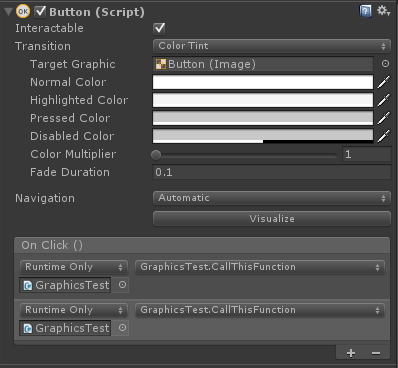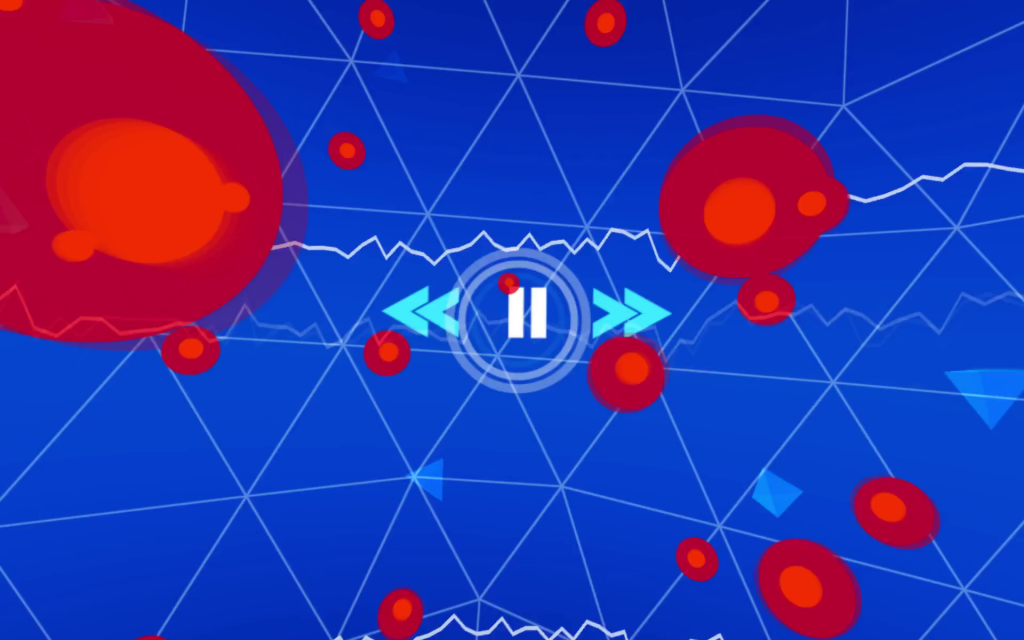Over the years I’ve been working to keep up with what’s hot in gaming. Even if it’s not a game I’m too excited about, I try to get an idea of what people dig about it. I struggle to find something that excites me not only on first impression, but also after 10 hours into it. My game of the year is undoubtedly Bloodborne for PlayStation 4, which singlehandedly sold the system for me, but it’s rare for me to find something that resonates with me so well.
For the most part I’ve been gravitating towards Nintendo’s games. These tend to be well designed and easy to jump in and jump out, without lengthy tutorials. You don’t have to put in heavy work to get some joy out of it. The multiplayer gameplay is also brings me back to Nintendo’s games, since it seems like the entire game industry outside of Nintendo has forgotten why game systems have multiple controllers. More often these days, I find myself gravitating towards older games.
My main game of the moment is Final Fantasy VII.

These fun moments make me smile.
I played through this game when it released. I was 13 years old. After playing Chrono Trigger and Super Mario RPG, I was hooked on RPGs. I couldn’t get enough RPGs and this was by far my most anticipated game. And what do you know? It actually exceeded my expectations. I long considered this my favorite game of all time. This fact was definite until I played through Xenogears and Ico. Then, it became a toss-up. Over the years I’ve dabbled in emulated versions of FF7 but never replaying it more than the first 8 or so hours, which the first arc of the story within Midgar. It took me about 60 hours to beat it the first time, so it’s a relatively small chunk of the game.


















